
Secrets of DeepSeek AI Model Revealed in Landmark Paper
The first peer-reviewed study of the DeepSeek AI model shows how a Chinese start-up firm made the market-shaking LLM for $300,000
Elizabeth Gibney is a senior physics reporter for Nature magazine.

Secrets of DeepSeek AI Model Revealed in Landmark Paper
The first peer-reviewed study of the DeepSeek AI model shows how a Chinese start-up firm made the market-shaking LLM for $300,000

Weird ‘Time Crystals’ Are Made Visible at Last
Time crystals, a state of matter once thought physically impossible, could soon be on a banknote
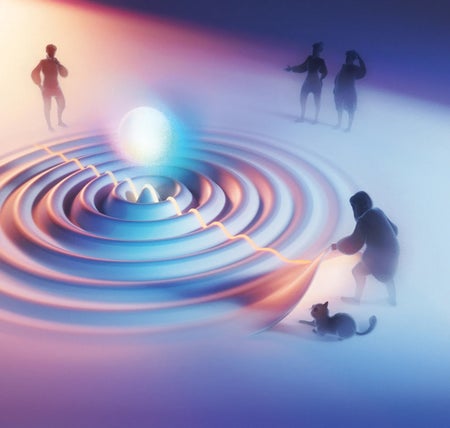
Physicists Can’t Agree on What Quantum Mechanics Says about Reality
A survey of more than 1,000 physicists finds deep disagreements in what quantum theories mean in the real world

New Contacts Let You See Infrared Light—Even with Your Eyes Closed
Straight out of science fiction, these contact lenses convert infrared light into visible light that humans can see

New Google AI Chatbot Tackles Complex Math and Science
A Google DeepMind system improves chip designs and addresses unsolved math problems but has not been rolled out to researchers outside the company
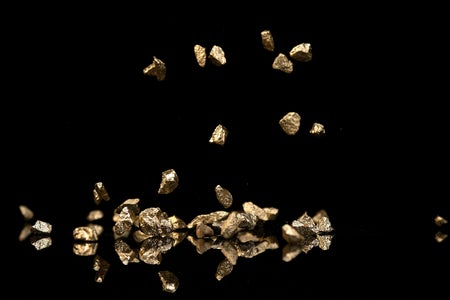
Physicists Turn Lead into Gold—For a Fraction of a Second
Scientists at Europe’s famous particle collider briefly created gold ions from lead in a modern twist on the alchemical goal
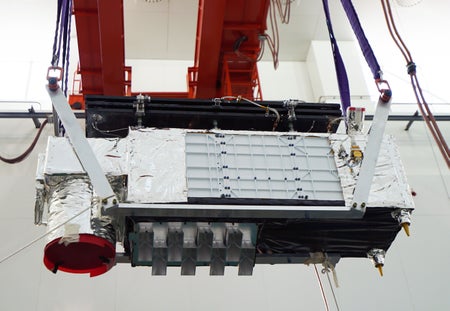
Mini-Satellite Sends Encrypted Quantum Message a Record-Breaking Distance
Scientists in China have transmitted encrypted images a record 12,900 kilometers, paving the way for quantum messaging anywhere on Earth

Can Earth’s Rotation Generate Electricity? Physicists Divided over Controversial Idea
Experiments suggest an unusual magnetic material could help harness energy from Earth’s rotation. But not everyone is convinced
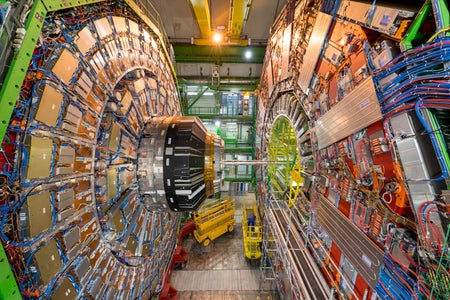
Ultra-Precise Particle Measurement Narrows Pathway to ‘New Physics’
A long-awaited calculation of the W boson’s mass agrees with theory, contradicting a previous anomaly that had raised the possibility of new physics beyond the Standard Model

Queen’s Brian May Is a Champion for Badgers and Science
Queen guitarist Brian May has spent a decade studying the science of bovine tuberculosis, which can be carried by badgers, and has identified a new method of spread
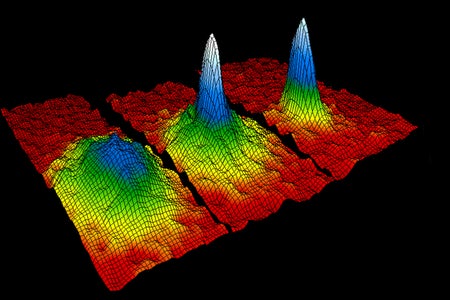
Exotic Quantum State Achieved after Decades-Long Quest
Molecular Bose-Einstein condensates could help to provide the answers to fundamental questions or form the basis of new quantum computers

Europe’s Mars Rover Will Use New Nuclear Power Source
The radioactive unit will help to deliver Europe’s first Mars rover to the planet’s surface
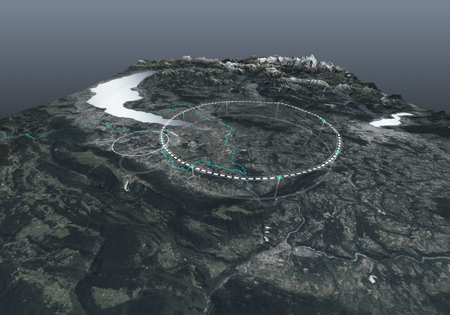
Large Hadron Collider’s $17-Billion Successor Moves Forward
A feasibility study on CERN’s Future Circular Collider identifies where and how the machine could be built—but its construction is far from assured

First Space-Based Gravitational Wave Detector Gets Go-Ahead
The Laser Interferometer Space Antenna could discover gigantic ripples in spacetime from merging supermassive black holes and more

What Time Is It on the Moon?
Satellite navigation systems for lunar settlements will require local atomic clocks. Scientists are working out what time they will keep

Nuclear Fusion Lab Achieves ‘Ignition’: What Does It Mean?
Fusion researchers at the U.S. National Ignition Facility created a reaction that made more energy than they put in

How Many Yottabytes in a Quettabyte? Extreme Numbers Get New Names
Prolific generation of data drove the need for prefixes that denote 1027 and 1030

The Leap Second’s Time Is Up: World Votes to Stop Pausing Clocks
How, and whether, to keep atomic time in sync with Earth’s rotation is still up for debate

The Middle East Is Going Green while Supplying Oil to Others
Middle Eastern governments are ramping up their green ambitions ahead of the COP27 climate summit but show few signs of reining in fossil-fuel exports

Where Is Russia’s Cyberwar? Researchers Decipher Its Strategy
When Russia invaded Ukraine, many analysts expected an unprecedented level of cyberattacks—which so far haven’t materialized

China Plans Asteroid Missions, Space Telescopes and a Moon Base
In the next five years, the nation hopes to launch a robotic craft to an asteroid, two lunar missions and an orbital observatory
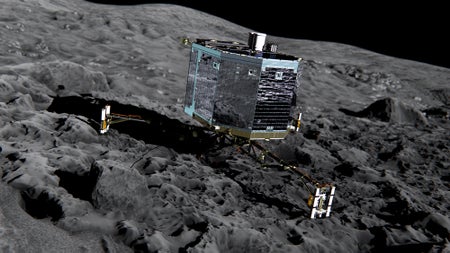
‘Like Froth on a Cappuccino’: Spacecraft’s Chaotic Landing Reveals Comet’s Softness
Detective work reconstructs the final movements of the European Space Agency’s Philae probe
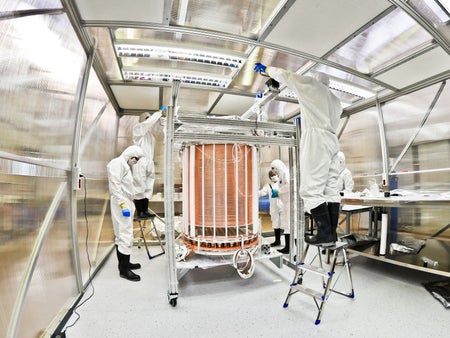
Last Chance for WIMPs: Physicists Launch All-Out Hunt for Dark Matter Candidate
Researchers have spent decades searching for the elusive particles. A final generation of detectors should leave them no place to hide

Arab World’s First Mars Probe Takes to the Skies
Celebration is tinged with relief as $200-million orbiter embarks on 7-month odyssey to the Red Planet